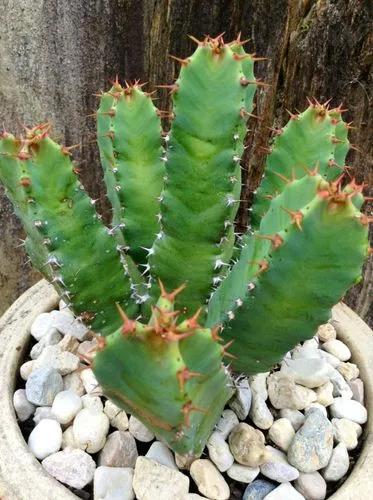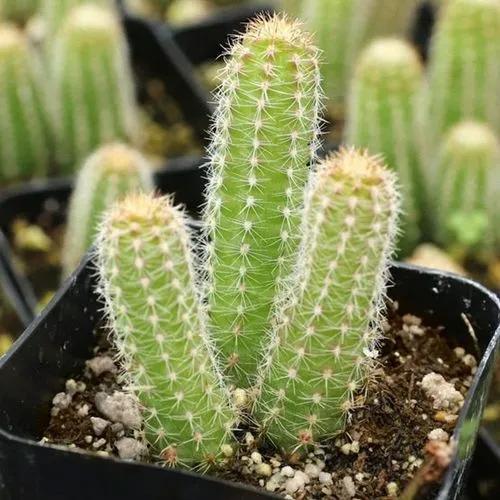Obregonia denegrii is the only representative of its monospecific genus and is related to Ariocarрus. The stem is solitary, globular-squashed, resembling an inverted pine cone with a woolly center. It is grayish-green to dark green and up to 6 inches (15 st) in diameter. Flowers grow between the arech's wool, in the center of the stem on young tubercles. They are white, diurnal, funnel-shaped, and up to 1 inch (2.5 cm) in diameter. Fleshy edible fruits are white, pear-shaped, and hidden in the wool.
Artichoke Cactus Care
Obregonia Denegrii



How to Care for the Plant

Water

From spring to fall, water your Agave parryi well whenever the soil becomes dry. Note that root rot can happen in overly moist soils. In winter, water once a month. Plants in containers will need more frequent watering.

Fertilizer

Give the plant a small amount of fertilizer in the spring for the first two years.

Sunlight

Parry's Agave requires full sunlight. It is not ideal for growing indoors and it would need a bright window position with as much natural light as possible. Bring outside in the spring to fall and return indoors during the cooler months.

Soil

Parry's Agave prefers well-drained loamy soil that is quite fertile. Sandy or shallow rocky soil is good too.

Container

If your Parry's Agave plant starts becoming pot-bound, transplant it into a new pot that is just slightly larger than the previous one. Use fresh soil and give it one week or so to readjust, then water it again.

Additional

This plant is mildly toxic, especially to children and pets.

Popularity

10 people already have this plant 5 people have added this plant to their wishlists
Discover more plants with the list below
Popular articles






